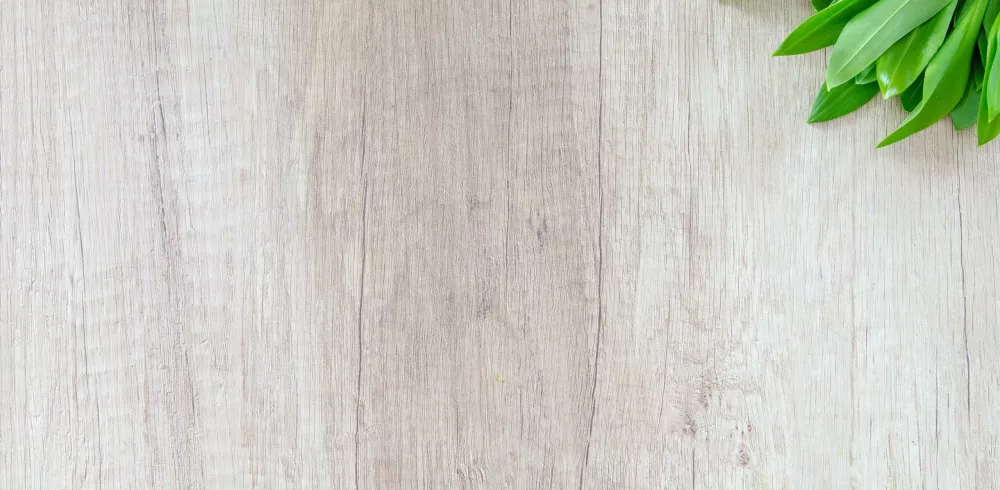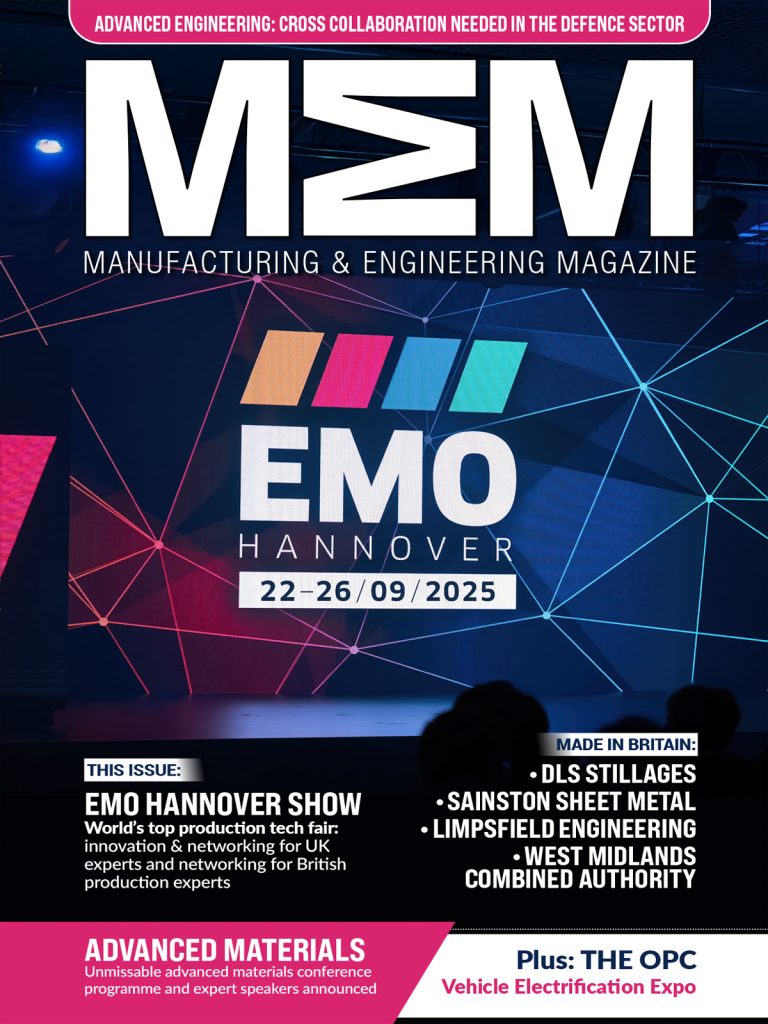Engineered wood flooring, often touted for its durability and aesthetic appeal, is a favourite among homeowners and interior designers alike. Unlike traditional hardwood – made of solid timber – engineered wood floors comprise multiple layers of wood, with a hardwood veneer on the top. But what makes this flooring so special, and how is it manufactured? Let’s delve into the intricate process behind these engineered marvels.
Raw Material Sourcing
The production of engineered wood flooring begins at the very heart of forests. Sourcing raw materials involves not just selecting the right kind of wood but ensuring that it’s harvested sustainably.
Manufacturers prioritise hardwoods such as oak, maple, or hickory for the top layer due to their resilience and natural allure – it’s something you’ll notice in the quality of products on www.woodfloorwarehouse.co.uk. This top layer, often referred to as the wear layer or veneer, provides both the aesthetics and durability that engineered flooring is renowned for. Beneath this veneer, the core and base layers play a pivotal role in the floor’s stability.
For these, manufacturers often choose materials like plywood for its structural strength, soft pine wood for its lightness and flexibility, or fiberboards for their density and uniformity. This meticulous selection process ensures the final product isn’t just beautiful but also stands the test of time.
Layering and Pressing
One of the distinguishing features of engineered wood is its cross-layered structure. Typically, three to twelve layers of wood stack together in a cross-grain configuration. This design enhances the floor’s stability, reducing the possibility of warping due to temperature and humidity changes. Once layered, the stack is subjected to high pressure to bind the layers securely. An adhesive is applied between layers, ensuring a firm bond.
Veneer Production
The veneer or wear layer is a crucial component of engineered flooring. It determines the floor’s visual appeal and resistance to wear. Thin slices of hardwood are cut using a saw or peeled off a log using a veneer lathe. These slices are then refined to achieve a uniform thickness and are treated to enhance their durability.
Lamination
Post the veneer production – the hardwood layer is laminated onto the top of the cross-layered base. This lamination process ensures the top layer adheres securely, offering a beautiful hardwood appearance with underlying stability. Manufacturers use strong, water-resistant adhesives to bond the veneer to the base layers.
Finishing Touches
Once laminated, the engineered planks undergo several finishing processes. Sanding ensures an even, smooth surface. After sanding, multiple coats of sealants, like polyurethane or oil, are applied. These not only give the wood a glossy, attractive finish but also protect against scratches, stains, and UV rays.
Quality Control and Packaging
No manufacturing process is complete without rigorous quality checks. Each plank is inspected for defects, ensuring that the thickness, finish, and lamination meet industry standards. Once cleared, the engineered wood flooring is packed with care, ready to beautify homes and commercial spaces.
Engineered wood flooring represents a harmonious blend of nature’s beauty and human innovation. It offers the elegance of hardwood while addressing some of its vulnerabilities, like susceptibility to environmental changes.
The meticulous manufacturing process ensures that homeowners can enjoy the allure of wood without the associated maintenance challenges. As the demand for sustainable, long-lasting flooring solutions rises, engineered wood flooring continues to cement its place in the interior design realm.
Manufacturing & Engineering Magazine | The Home of Manufacturing Industry News
















